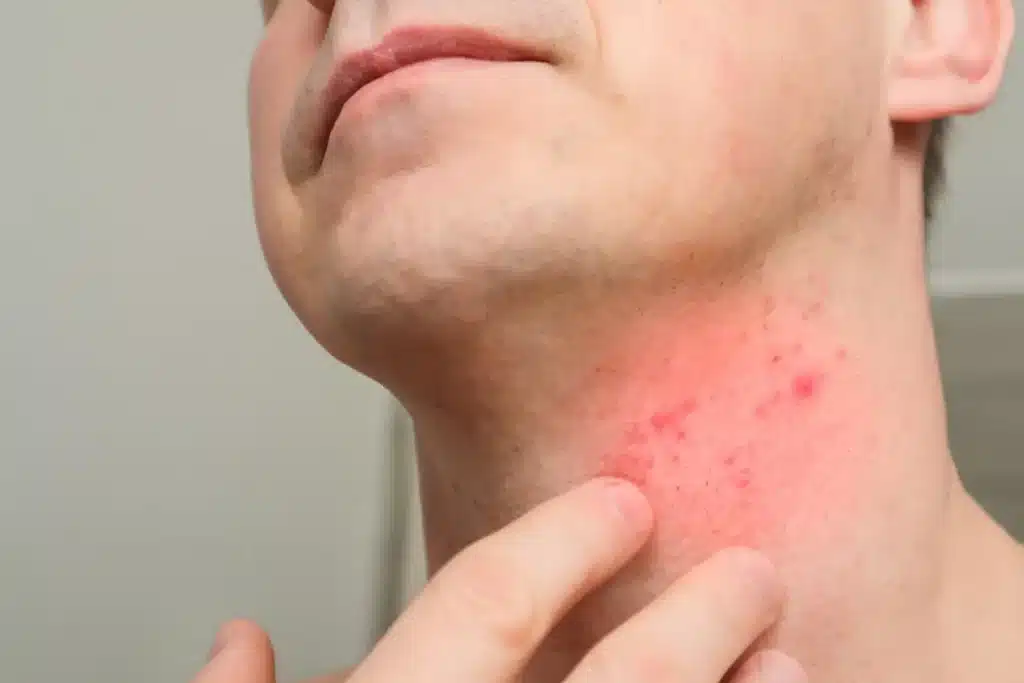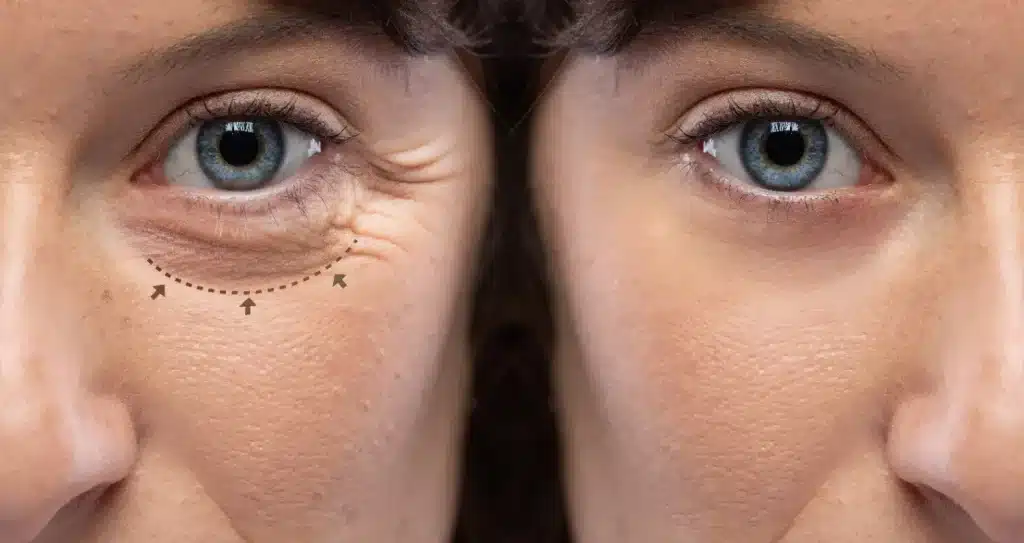Research indicates that Bimatoprost effectively reduces intraocular pressure (IOP) in patients with glaucoma and ocular hypertension by enhancing the outflow of aqueous humor. This reduction in eye pressure is vital in preventing optic nerve damage, making Bimatoprost an essential treatment for preserving vision in individuals with these conditions.
Bimatoprost is marketed under two brand names: Latisse, which is used for enhancing eyelash growth, and Lumigan, intended for glaucoma management. Although they share the same active ingredient, each product serves a distinct purpose, highlighting the importance of understanding their specific applications.
This article will delve into the similarities and differences between Latisse and Lumigan, discussing their benefits, uses, and potential side effects.
Key Takeaways
- Bimatoprost is a synthetic prostaglandin analog used in eye care and cosmetic treatments to reduce intraocular pressure in individuals with glaucoma or ocular hypertension and to promote eyelash growth.
- It is marketed under the brand names Latisse and Lumigan, each serving distinct purposes: Latisse for enhancing eyelash growth and Lumigan for glaucoma management.
- Latisse and Lumigan contain different concentrations of Bimatoprost, with Latisse having a higher concentration specifically designed for cosmetic purposes and Lumigan with a lower concentration for medical treatment.
- Both Latisse and Lumigan require a prescription from healthcare providers and should be used as directed to avoid potential side effects and ensure efficacy.
About: Medical Spa RX provides medical practices with premium products at the best prices. If you’re looking to buy Bimatoprost Products for your practice, the sales representatives at Medical Spa RX can give you guidance.
What is Bimatoprost?

Bimatoprost is a synthetic prostaglandin analog commonly used in eye care and cosmetic treatments. Its primary function is to reduce intraocular pressure (IOP) in individuals with glaucoma or ocular hypertension by enhancing the outflow of aqueous humor—the fluid inside the eye.
This mechanism helps protect the optic nerve from damage due to high pressure. Bimatoprost is also known for promoting eyelash growth by prolonging the growth phase of the hair follicles, leading to thicker, longer, and darker lashes.
Bimatoprost has received FDA approval for two main uses:
- Treatment of Glaucoma and Ocular Hypertension: Under the brand name Lumigan, Bimatoprost (0.01%) is used to lower elevated IOP by increasing the outflow of aqueous humor.
- Eyelash Growth: Marketed as Latisse (0.03%), Bimatoprost is used to enhance the length, thickness, and darkness of eyelashes.
Latisse vs. Lumigan

Latisse and Lumigan both contain Bimatoprost but differ in formulation and concentration. Latisse is formulated with a concentration of 0.03%, specifically designed for enhancing eyelash growth. In contrast, Lumigan contains a lower concentration of 0.01% Bimatoprost, optimized for reducing intraocular pressure in patients with glaucoma or ocular hypertension.
The intended uses of Latisse and Lumigan are distinct:
- Latisse: Primarily used for cosmetic purposes, Latisse is applied to the base of the upper eyelashes to promote longer, thicker, and darker lashes.
- Lumigan: Used as a medical treatment, Lumigan is administered as eye drops to lower elevated intraocular pressure, thereby helping to manage glaucoma and ocular hypertension.
Prescription Requirements and Availability
Both Latisse and Lumigan require a prescription from a healthcare provider:
- Latisse: Available through dermatologists, ophthalmologists, and other healthcare providers, Latisse is typically prescribed for individuals seeking to enhance their eyelashes.
- Lumigan: Prescribed by ophthalmologists and other medical professionals, Lumigan is available for patients diagnosed with glaucoma or ocular hypertension. It is essential for managing these conditions to prevent optic nerve damage and potential vision loss.
Benefits of Bimatoprost Eye Drops

Bimatoprost eye drops are highly effective in managing glaucoma and ocular hypertension. By enhancing the outflow of aqueous humor, the Bimatoprost MOA (mechanism of action) significantly reduces intraocular pressure (IOP). Lowering IOP is crucial in preventing optic nerve damage, which can lead to vision loss or blindness if untreated.
Beyond its ophthalmic uses, Bimatoprost is also widely recognized for its cosmetic benefits under the brand name Latisse. The drops are applied to the upper lash line, promoting eyelash growth by extending the active growth phase of hair follicles. This leads to noticeably longer, thicker, and darker lashes, making it a popular choice for individuals with sparse or thinning eyelashes.
Bimatoprost has also gained attention for its potential off-label uses. While not officially approved, studies suggest that it may be beneficial in promoting hair growth on the scalp and eyebrows, providing an alternative solution for individuals experiencing hair thinning or loss.
Additionally, Bimatoprost’s ability to enhance fluid drainage in the eye may have future applications in managing other eye conditions beyond glaucoma, offering promising avenues for further research.
Potential Side Effects and Safety Considerations
Bimatoprost is generally well-tolerated, but users may experience common side effects such as eye redness, itching, dry eyes, and mild discomfort at the application site. Eyelash users may also notice darkening of the eyelid skin, which is usually reversible upon discontinuation.
Rare but serious side effects include changes in eye color, with increased brown pigmentation of the iris, especially in those with lighter-colored eyes. Other uncommon reactions can involve eye swelling, vision changes, and potential allergic reactions. Immediate medical attention is advised if severe symptoms occur.
For both medical and cosmetic use, it’s crucial to follow the prescribed application method to avoid contamination or unintended exposure to other areas. Regular monitoring by a healthcare provider ensures safe and effective treatment, minimizing risks associated with long-term use.
Conclusion
Bimatoprost, marketed as Lumigan and Latisse, addresses distinct needs: Lumigan effectively reduces high eye pressure in glaucoma patients, while Latisse enhances eyelash length and thickness.
Although both treatments come with potential side effects, their benefits in managing eye health and improving cosmetic appearance are widely recognized. Consulting with a healthcare provider is essential to ensure safe and appropriate use tailored to individual needs.
FAQs
1. What are Bimatoprost Eye Drops?
Bimatoprost eye drops are a medication used to lower intraocular pressure in glaucoma and ocular hypertension patients, and to enhance eyelash growth. They work by increasing the outflow of aqueous humor from the eye.
2. How do I use these drops?
To use Bimatoprost eye drops, apply one drop to the affected eye(s) once daily in the evening. For eyelash growth, apply the solution to the base of the upper eyelashes using the provided applicator.
3. Can Bimatoprost have side effects?
Yes, Bimatoprost can cause side effects such as eye redness, itching, and dryness. In rare cases, it may lead to more serious effects like changes in eye color or vision changes.
References
Gandolfi, S., Ungaro, N., & Tardini, M. G. (2021). Bimatoprost in ocular hypertension and open-angle glaucoma: A review of the literature. Journal of Glaucoma, 30(2), 93-100. https://doi.org/10.1097/IJG.0000000000001723
Law S. K. (2010). Bimatoprost in the treatment of eyelash hypotrichosis. Clinical ophthalmology (Auckland, N.Z.), 4, 349–358. https://doi.org/10.2147/opth.s6480
Tanna, A. P., & Lin, C. (2022). Prostaglandin analogs. In StatPearls. StatPearls Publishing. https://www.ncbi.nlm.nih.gov/books/NBK576421/



















